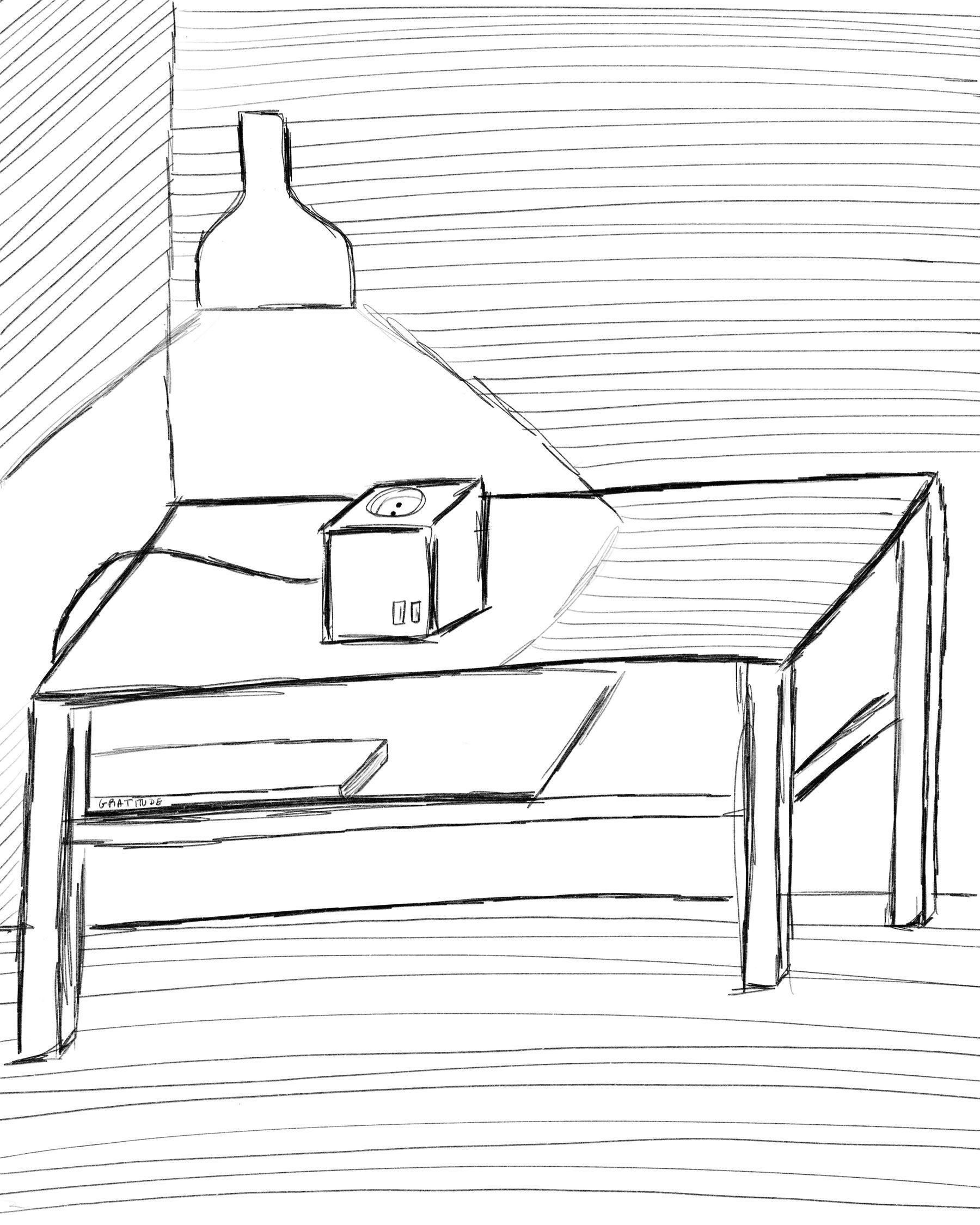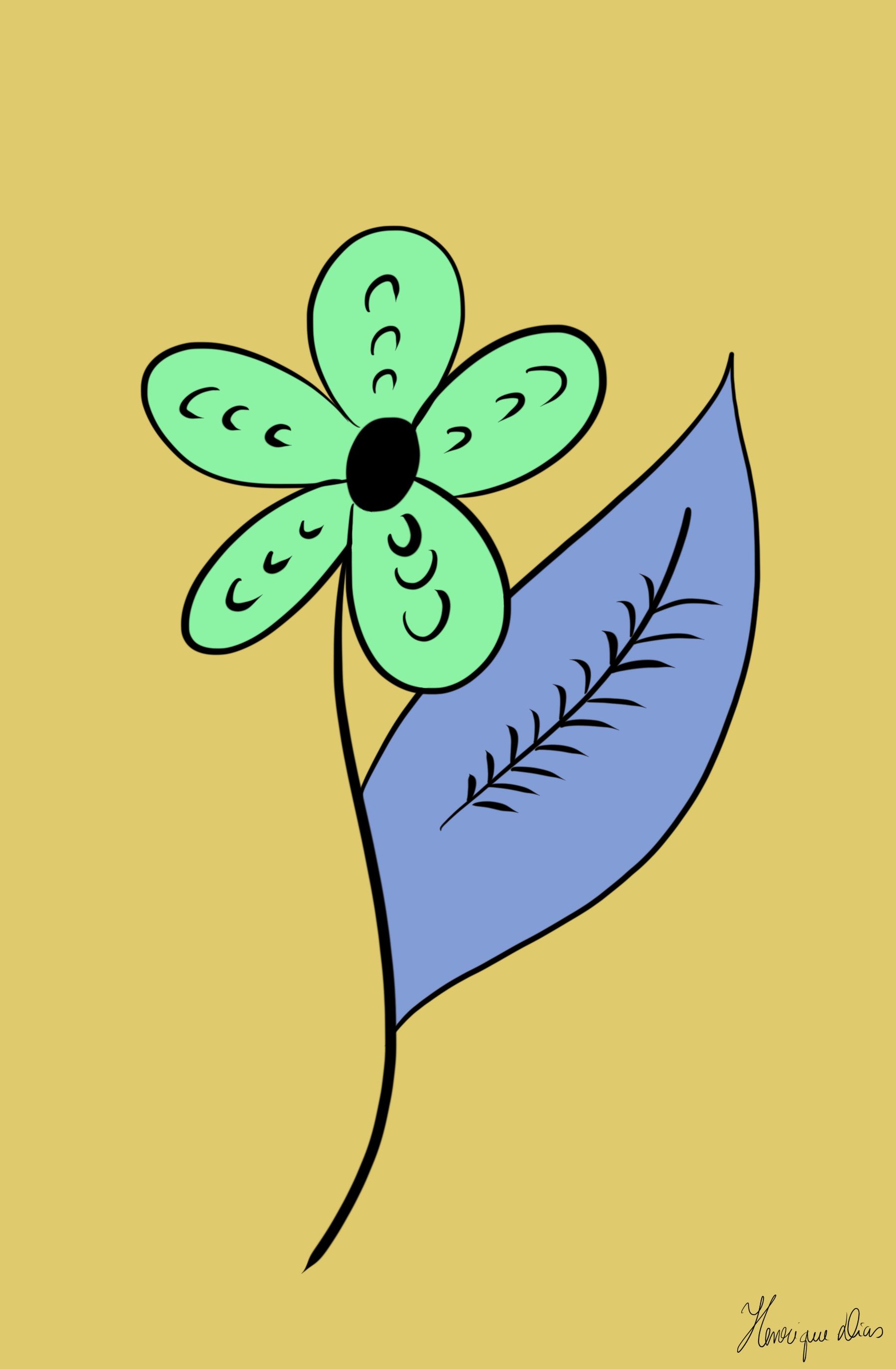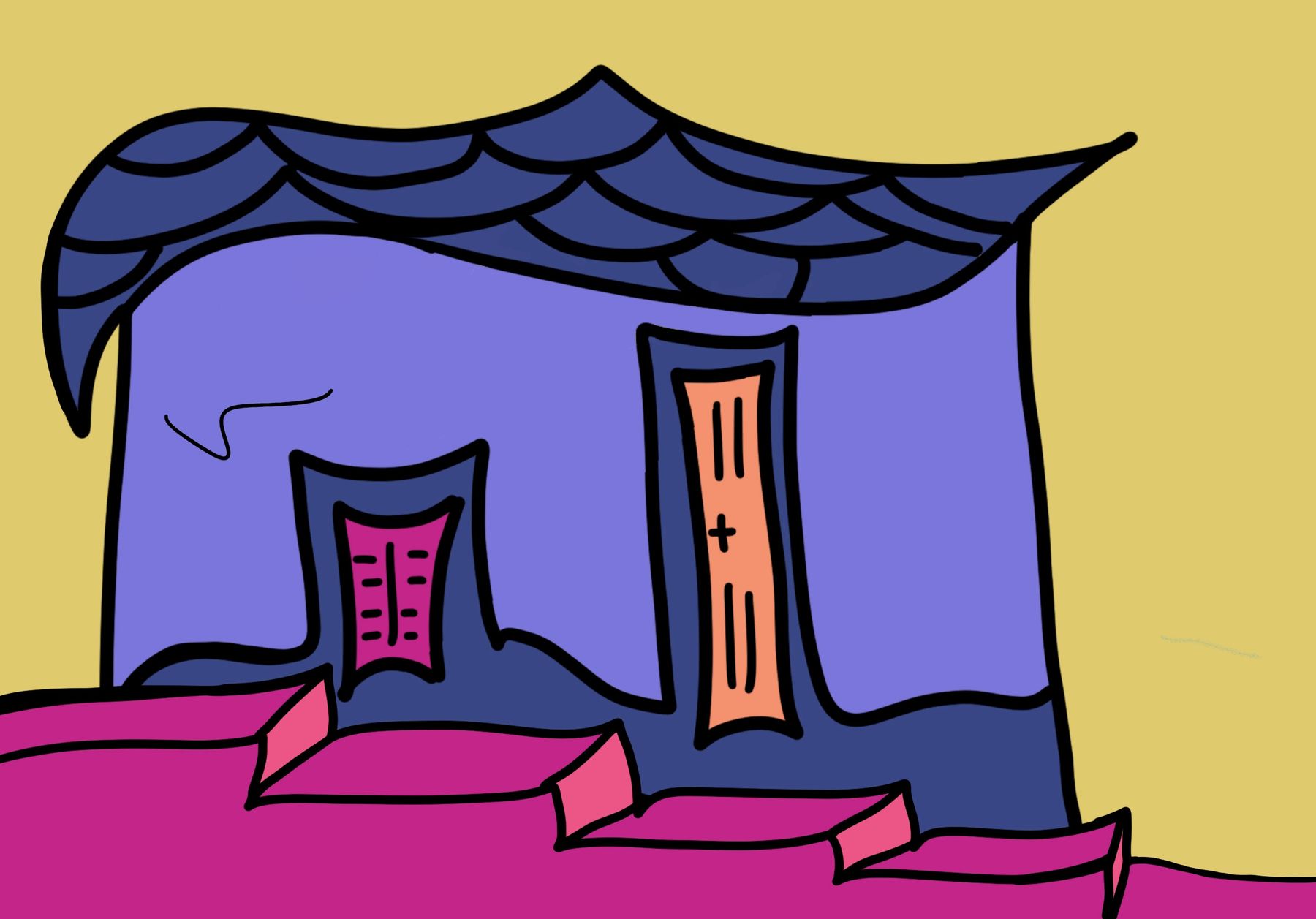Infinite Tree
Permalink
✏️ These are my blog posts. Visit the archive for an yearly overview.


My website is growing, not in terms of views, because I’m not aware of that. Maybe I should add some non-intrusive analytics. Anyways, it’s growing in terms of functionality. However, since I’m using a static website generator, it makes it complicated to add some interactive functionalities.
I’m now in my first year of my Master’s degree in Computer Science and Engineering which means that next year I am supposed to start (and hopefully finish) my Master’s project and thesis. As a consequence of that, I have been thinking a lot about it lately. I don’t want to make a rushed choice that will make me work on something I don’t enjoy for over half an year.
Today’s the first day of a new month, so here’s a new “recently” post. Since I decided to start this series after mid-september, there’s not that many news since. However, I’m more than happy to write a few words about what’s been happening lately.
It’s been a little bit over a month since I first arrived in Eindhoven. Since then, I have had time to explore the city, a bit of Rotterdam, and even find a Portuguese store with “Pastéis de Nata” in Helmond! I have also had time to study, but had to decrease my time at Protocol Labs due to my studies. With all of this, I haven’t had time to give much love to my blog.
We are living in an increasingly interconnected world. Today, 4.1 billion people have access to the internet. And with every passing year, millions more are born into the world as “digital natives” with digital technology and the World Wide Web at their fingertips from early childhood.



Last night before going to sleep… well actually while falling asleep I thought about writing this. It’s such a basic poem, but lemme just share it here.

Over the past months, I have been reading more and more posts where people are saying they miss the vibe of the 90s web. Even though I wasn’t alive to see how that web was, I still remember the website of my high school filled with overly saturated colors, GIFs and iframes. Not only that characterizes some of the pages of the early web, but also the pixelation and the footers saying to use X or Y browser.
I decided to make a few updates on my website - again. However, this are a bit more than visuals and I’m mostly reinventing the way I manage IndieWeb posts, namely likes, reposts, notes and replies.
